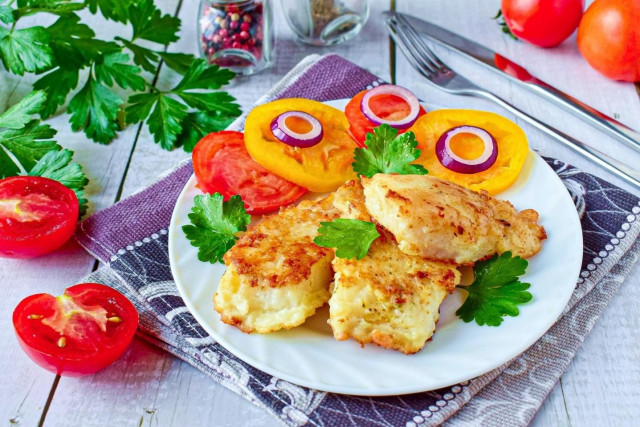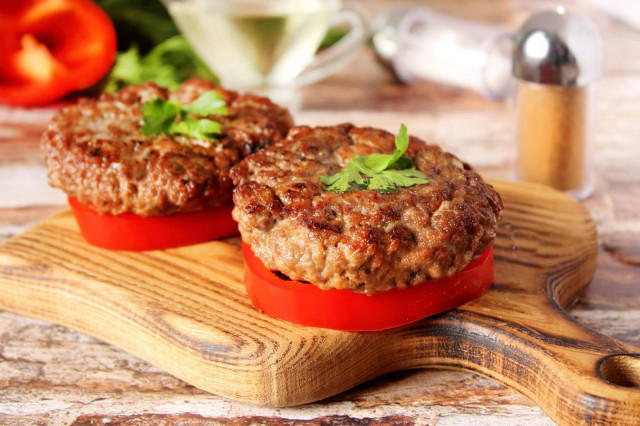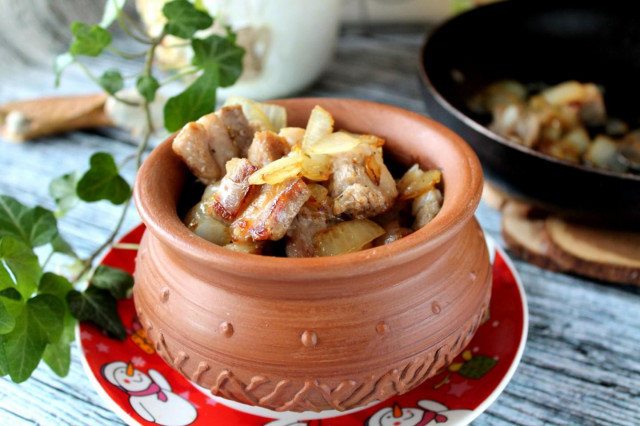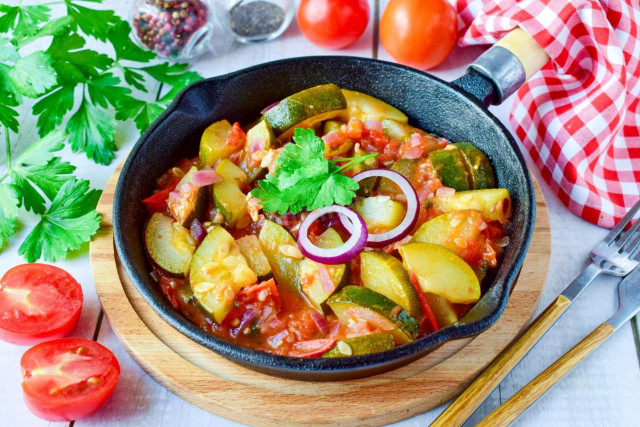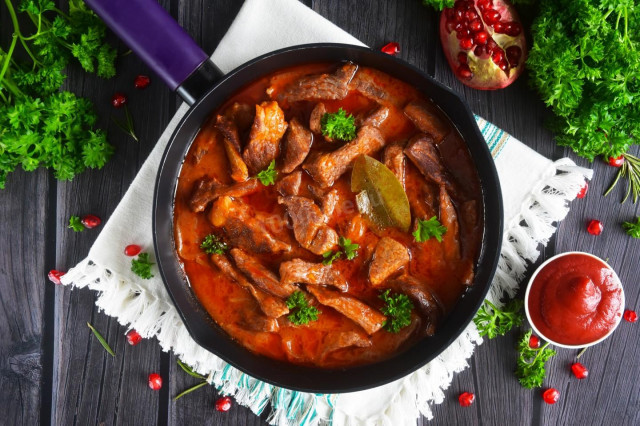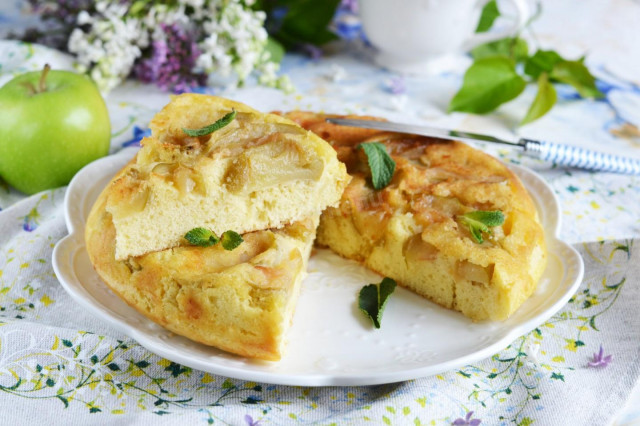Composition / ingredients
Step-by-step cooking
Step 1:
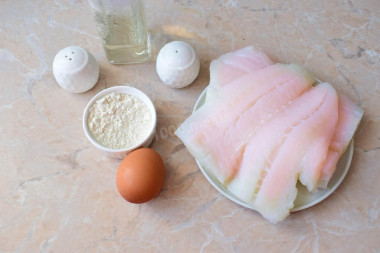
How to fry a sea tongue in batter in a frying pan? Prepare everything you need for this. The marine language is often confused with Pangasius. The fillet of the sea tongue is almost white, almost transparent and slightly thinner. Pangasius fillets usually have a fat layer on the sides of the fillet. The sea language should not have it. When buying, choose fish with a thin layer of ice glaze.
Step 2:
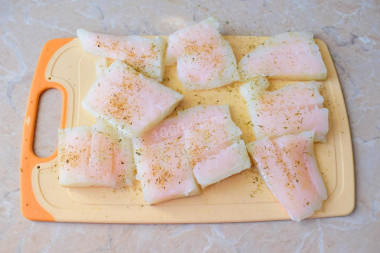
Remove the fish from the freezer in advance and leave to defrost at room temperature. Soak the thawed fish with paper towels to remove excess moisture. Cut the prepared fish into small pieces and sprinkle with salt and spices. As a spice, you can limit yourself to ground pepper, or you can use a ready-made set of spices for fish.
Step 3:
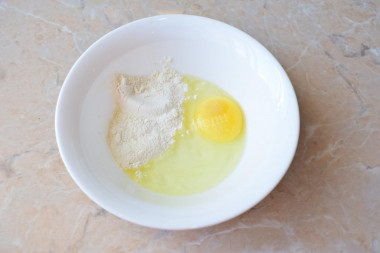
In a separate bowl, combine the egg with flour.
Step 4:
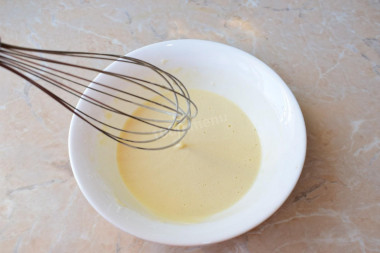
Add a little salt and mix with a whisk. The finished batter is not very thick.
Step 5:
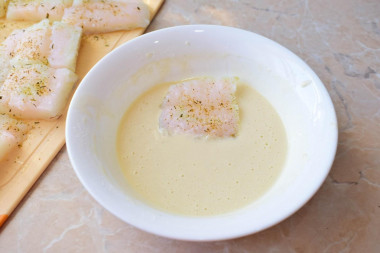
Dip each piece of fish into the batter so that it evenly covers the fish from all sides.
Step 6:
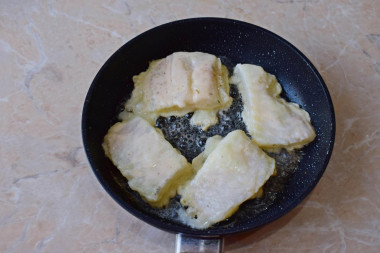
Pour a little vegetable oil into a hot frying pan and put the fish in batter. Fry it on low heat for 2-3 minutes on each side.
Step 7:
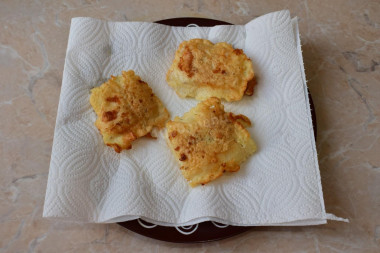
The finished fish will become an appetizing golden color. Remove it from the pan and place it on a paper towel to remove excess oil.
Step 8:
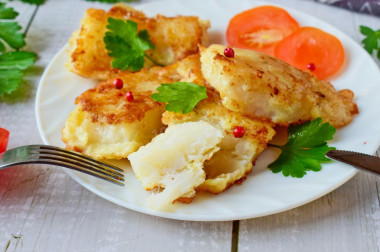
Serve the finished sea tongue hot. If desired, it can be supplemented with a side dish of mashed potatoes and fresh vegetables. Enjoy your meal!
To check whether the oil has warmed up well enough in the pan, you can do it in a simple way. Lower a wooden spatula into it. If bubbles have gathered around it, then you can start the frying process.
Since the degree of salinity, sweetness, bitterness, sharpness, acid, burning is individual for everyone, always add spices, spices and seasonings, focusing on your taste! If you put some of the seasonings for the first time, then keep in mind that there are spices that it is especially important not to shift (for example, chili pepper).
Be sure to wash the eggs before use, as even the seemingly clean shell may contain harmful bacteria. It is best to use food detergents and a brush.
Calorie content of the products possible in the composition of the dish
- Chicken egg - 157 kcal/100g
- Egg white - 45 kcal/100g
- Egg powder - 542 kcal/100g
- Egg yolk - 352 kcal/100g
- Ostrich egg - 118 kcal/100g
- Sea language - 88 kcal/100g
- Whole durum wheat flour fortified - 333 kcal/100g
- Whole durum wheat flour, universal - 364 kcal/100g
- Flour krupchatka - 348 kcal/100g
- Flour - 325 kcal/100g
- Vegetable oil - 873 kcal/100g
- Salt - 0 kcal/100g
- Spices dry - 240 kcal/100g

